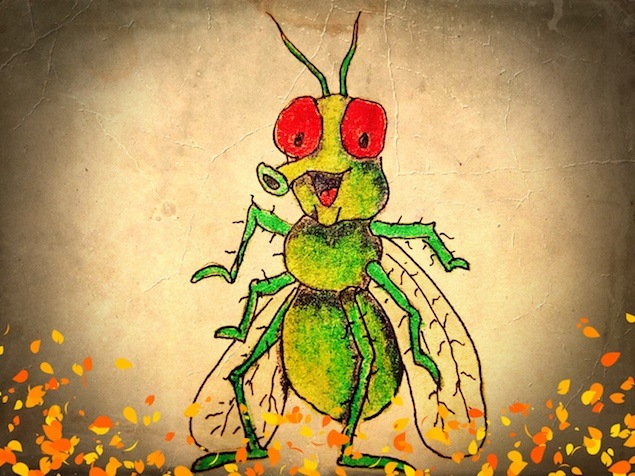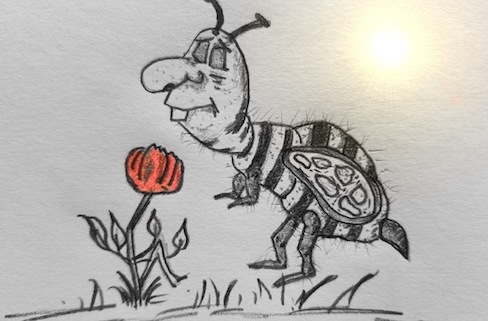Sometimes it’s the tiniest of details that offer the extra oomph needed to send a good story over the edge to “can’t-wait-to-turn-to-the-next-page” greatness. Unfortunately, or fortunately, depending on the point of view, many writers of whodunits and other such crime novels have not had the opportunity to visit an actual crime scene where the victim du jour has been murdered.
Sure, there are tons of books that describe the experience, and there are many writers conferences around the country that feature experts who detail the steps and equipment used to solve crimes. But a list of procedures and pictures of investigational do-dads don’t quite add the over-the-hump material that sends a tale into sensory overdrive.
Writers must express the sights, sounds, odors, and emotions that detectives experience as they process a crime scene. Actually, what I just described is what investigators should do before entering a crime scene—look, listen, and smell.
Those are three very important initial assessments, and that’s so for a variety of reasons.
- Look – Scan the area visually for anyone who may be involved with the crime. Sometimes people enjoy watching the police as they work, seeing if they’ll stumble upon something that may incriminate them. Also, it’s a safety issue. This is a time to trust no one because even family members of the victim(s) could become violent. One of the worst fights of my career occurred while attempting to protect a murderer from the victim’s family. There were two officers against a dozen angry, emotional, and violent people trying to go through us to get to the killer.
Be on the lookout for animals. Wildlife may be on the prowl for, as unpleasant as this sounds, a meal. Therefore, the officer may need to call upon animal control or area game wardens for assistance. The same is true for family pets who will often stop at nothing to safeguard their domain and/or the lifeless bodies of their owners.
Make note of any vehicles scene driving through or leaving the area.
Notice insect activity.

Visually scan the entire area for secondary crime scenes, areas where evidence of the main crime is located.
For example, Tom Ishotem killed Bill Isdead, using a hollow point fired from a .357. Tom ran twenty yards and then tossed the revolver into Ms. Irene Iseenitall’s front yard next to her blue-ribbon-winning salmon-pink Barbara Bush hybrid-tea rose bush she ordered from the Rogue Valley Roses over in Oregon.
Then the murderer hopped the hedges and disappeared into the night. Actually, he landed in a manure pile in Harvey Jenkins’ hog pen, but it sounded far more cool to say he vanished into the darkness, right?
Anyway, Ms Iseenitall’s front yard is considered a secondary crime scene because evidence, the gun, was found there. Remember, the spot where the crime actually takes place is “the scene of the crime.” All other locations where evidence is found are secondary crimes scenes.
2. Listen – Be alert for the hissing of broken gas lines, snarling dogs, and even the rattle of snake’s tail. After all, the cause of death could be the bites of a baker’s dozen of rattlesnakes. Listen for the sounds of footsteps and moving brush. The crackling of twigs. I once discovered a killer hiding in the tangle of bushes because he’d moved slightly which caused a thin branch to snap when his shirt caught a sharp end of the limb. Had he not done so (it was nighttime and raining) he may have gotten away.
3. Smell – Again, take a moment to put your nose to work in the event there’s a gas leak. What about the lingering odor of a cologne or perfume? The fresh scent of gunpowder? But whatever you do, do NOT write that your hero smelled cordite. NO, NO, and NO! The manufacturing of that stuff ceased at the end of WWII. Again, NO!
Be alert for the odor of toxic chemicals—meth labs or even biological weapon manufacturing.
4. The first responder should ALWAYS assume the crime is currently in progress until they’re certain it is not. All too often officers are surprised by the guy behind the door (hypothetically) with a knife. However, that’s exactly what happened to my rookie butt one night when I stepped into a room, assuming the bad guy was either under the bed or in a closet. Thankfully, my experienced partner stopped the guy from inserting a serrated-edge steak knife between my shoulder blades. That’s a lesson I’ve not forgotten.
So, yes, tiny details, such as the sweet scent of a lovely Barbara Bush hybrid tea rose, the salmon pink ones, mingled with the odor of escaping propane from a loosened copper fitting, along with the putrid funk of Mr. Bill Isdead’s decomposing corpse, a scent that brings to mind a forgotten Purdue chicken left to thaw in a kitchen sink for two solid weeks, added to the chemically-offensive meth lab concoctions, would certainly add a bit more “flavor” to a tale than simply writing …
“Detective Johnson approached the scene with caution before entering the room where the body of Mr. Billisded lay dead. He wondered, whodunit.”
Look, Smell, and Listen!


